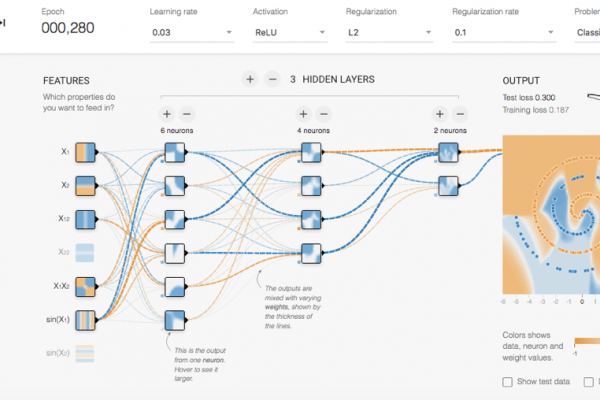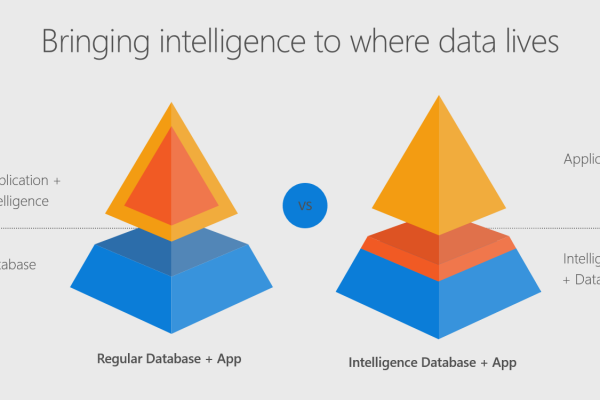Analyzing API Data with MongoDB, Seaborn, and Matplotlib
Introduction A commonly requested skill for software development positions is experience with NoSQL databases, including MongoDB. This tutorial will explore collecting data using an API, storing it in a MongoDB database, and doing some analysis of the data. However, before jumping into the code let’s take a moment to go over MongoDB and APIs, to make sure we understand how we’ll be dealing with the data we’re collecting. MongoDB and NoSQL MongoDB is a form of NoSQL database, enabling the […]
Read more

